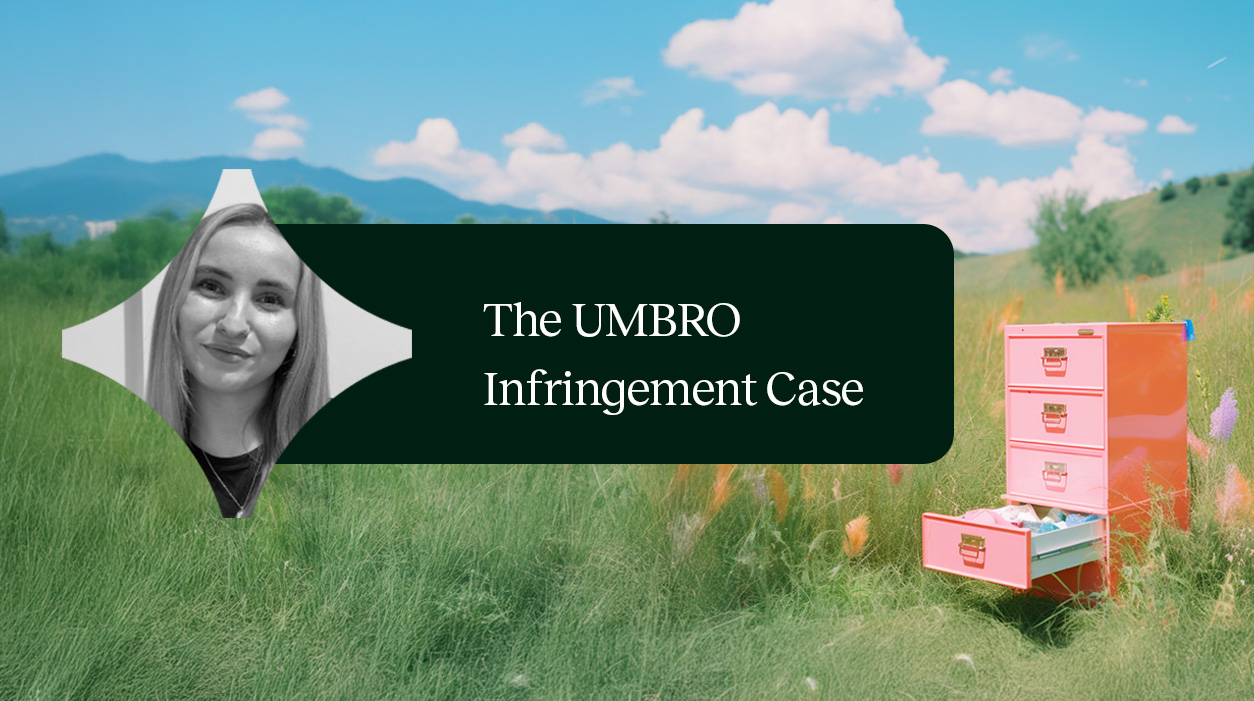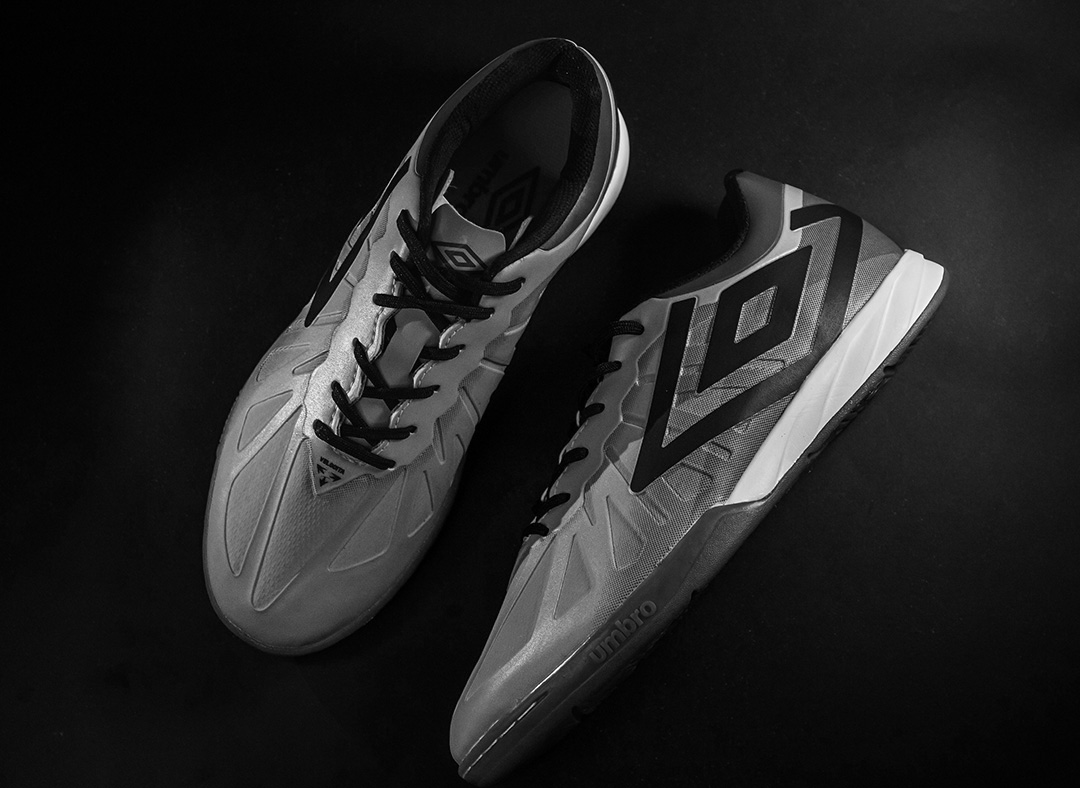Are Diamonds Really Forever? UK Supreme Court Decides No in UMBRO Infringement Case
- Firstpage
- Legal Case Files
- Trademark infringement

The long-awaited Supreme Court decision in Iconix Luxembourg Holdings SARL v Dream Pairs Europe Inc and another ended the four-year long dispute over post sale confusion. The decision has brought about some important points to note.
Background
Iconix owns the UMBRO brand and holds registered trademarks for the name and logo (the “UMBRO trade marks”). These have been used on football boots in the UK since 1987, with sales exceeding $60 million in each of the years from 2016 to 2018.
Since 2018 Dream Pairs has sold footwear bearing a similar logo (the DP sign) in the UK via platforms such as Amazon UK and eBay.
Iconix alleged that the DP sign was similar to their UMBRO marks and that its use was likely to result in confusion. They undertook infringement proceedings in the High Court under Section 10(2)(b) of the Trade Marks Act 1994. The High Court judgement ([2023] EWHC 706 (Ch); [2023] RPC 15) under Miles J dismissed the claim stating that there was only a low level of similarity between the signs and no likelihood of confusion.
Iconix persisted and filed an appeal to the Court of Appeal ([2024] EWCA Civ 29; [2024] RPC 10). The Court of Appeal overturned the first instance decision noting that the trial judge’s conclusion on similarity was ‘irrational’ and therefore conducted a fresh assessment on the similarity of the marks.

In so doing, the Court of Appeal found there was a moderately high level of similarity particularly when taking into account the fact that in a post-sale context consumers may be seeing the footwear from head height on the foot of another person and at an angle particularly when taking into account spectators at a football match.
The Court concluded use of the DP sign constituted infringement of the Umbro Trade Marks even if there was no likelihood of confusion at the initial point of sale.
The Supreme Court Appeal
Dream Pairs appealed to the Supreme Court and the appeal focussed on three fundamental issues:
- Whether ‘realistic and representative’ circumstances in a post-sale context can be taken into account when considering if signs are similar;
- Whether post-sale confusion can form the sole basis for infringement or whether it can only be taken into account when it specifically impacts a subsequent sale or transaction; and
- Whether the Court of Appeal was entitled to re-evaluate the similarity of the Umbro Trade Marks and the DP sign
Assessing Similarity: Post-Sale Circumstances Can be Considered to Establish Similarity
Dream Pairs argued that when assessing the similarity of signs ‘extraneous circumstances’ such as how the goods are perceived post sale should not be taken into account. They submitted that if signs are intrinsically dissimilar in a side-by-side comparison then a global assessment of likelihood of confusion should not even take place.
The Supreme Court disagreed with this argument. They stated that whilst the CJEU’s ruling in Equivalenza (European Union Intellectual Property Office v Equivalenza Manufactory SL (Case C-328/18 P) EU:C:2020:156) is authority for the proposition that you cannot use post-sale circumstances to rule out intrinsic similarities , conversely this is not authority for the proposition that post-sale circumstances cannot be considered to establish similarity.
Whilst a side by side comparison is a starting point, it is appropriate to consider how a sign is likely to be viewed in a post-sale environment (such as when seen on a shoe from an elevated position) when determining if the signs are similar and to what extent. The Supreme Court supported the Court of Appeal’s view that realistic and representative post-sale circumstances can be taken into account to establish similarity.
The respondent Iconix Luxembourg Holdings SARL (“Iconix”) owns the sportswear brand UMBRO and is the registered proprietor of the two trade marks pictured on top. (“the UMBRO Trade Marks”).
The appellants Dream Pairs Europe Inc and Top Glory Trading Group Inc (together “Dream Pairs”) sell a wide variety of footwear in multiple countries under various brands, including one brand called ‘Dream Pairs’ which has used the Sign below (also referred to as “the DP Sign”).

Post-Sale Confusion can be an Actionable Infringement
Dream Pairs also argued that any post-sale confusion should only amount to an actionable infringement if it affects or jeopardises the trade mark’s essential function as a guarantee of origin at a point of a subsequent sale or in a transactional context.
The Supreme Court firmly rejected placing such a limitation on the scope of an actionable infringement. Drawing on cases like Arsenal v Reed (Arsenal Football Club plc v Reed (Case C-206/01) [2003] Ch 454), they affirmed that a trade mark continues to function as a guarantee of origin even after the sale and therefore confusion in a post-sale context can lead to infringement when this is compromised.

Actionable instances of confusion are not limited to the point of subsequent sale. The Court stated that there is a non-exhaustive list of acts of infringement in Section 10(4) of the Trade Marks Act 1994 (including advertising, importing/exporting, and affixing a sign to packaging). This list contains many acts which are remote from the point of purchase and this alongside case law undermines the argument that infringement can only occur at the point of sale or at the point of a subsequent transaction. The Supreme Court confirmed that if an average consumer is confused about the origin of goods, the damage to the origin function of the trademark is complete and no further damage (such as economic loss) is required.
Outcome
Despite the points of law raised by Dream Pairs being definitively rejected by the Supreme Court, the Court ultimately allowed the appeal. This turned on the fact that the Supreme Court found that the trial judge in the High Court case had not made any legal or obvious error in his assessment that allowed for the Court of Appeal to substitute its own judgement. They found that he had undertaken a side-by-side comparison of the marks and had then gone on to consider all the post-sale circumstances in assessing the likelihood of confusion. The trial judge’s multifactorial and holistic analysis was not flawed. Therefore, the trial judge was entitled to find in favour of Dream Pairs.
This judgement has however provided key clarifications as to how use of trade marks in a post sale environment impact on infringement claims. This means that brand owners should be cognisant of how their brands might be perceived by consumers after purchase, in various contexts and from different angles. It also shows that confusion about origin, even if it does not lead to immediate transactional loss, can still constitute infringement. This ruling strengthens the ability of trade mark holders in the UK to protect against confusingly similar signs, even when confusion only occurs after the initial sale. And another key take away, it is important to put your best foot forward in each stage of the dispute proceedings, noting the initial ruling could be the definitive one!

Contact us
Do you want consulting, advice or are interested in any of our legal services? Contact us and we will help you!


